Home>Ideas and Tips>Indoor String of Turtles Care: Peperomia Prostrata Guide
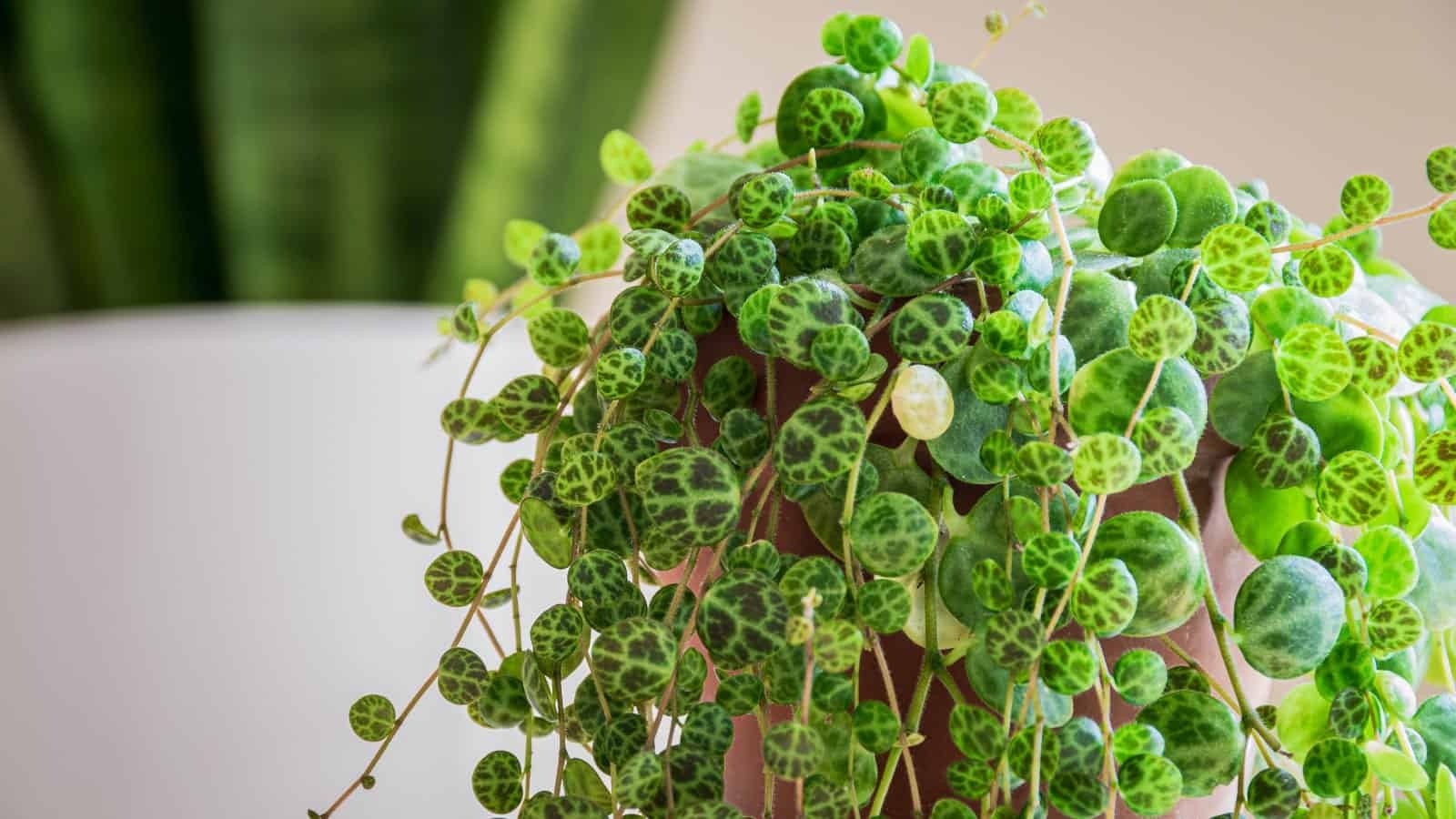

Ideas and Tips
Indoor String of Turtles Care: Peperomia Prostrata Guide
Published: September 4, 2024
Discover essential tips for caring for your String of Turtles (Peperomia prostrata) indoors. Learn about lighting, watering, soil, and more for a thriving plant.
(Many of the links in this article redirect to a specific reviewed product. Your purchase of these products through affiliate links helps to generate commission for Storables.com, at no extra cost. Learn more)
The String of Turtles, scientifically known as Peperomia prostrata, is a charming and low-maintenance houseplant that has captured the hearts of many plant enthusiasts. Its unique, turtle-shell patterned leaves make it an instant favorite for indoor gardens. In this comprehensive guide, we will delve into the care and maintenance of the String of Turtles, providing you with all the essential tips to keep your plant thriving.
Natural Habitat and Description
Peperomia prostrata is native to the tropical rainforests of South America, where it grows as an epiphyte on tree trunks or rocks. This adaptation to its natural habitat allows it to thrive in environments with high humidity and indirect light, which is why it makes an excellent indoor plant.
The String of Turtles has long, thin, vine-like stems that can reach up to a foot in length. These stems are adorned with small, button-like leaves that are fleshy and have the capacity to store water. This characteristic makes Peperomia prostrata a semi-succulent plant, requiring careful watering to prevent root rot.
Lighting Requirements
One of the key factors in caring for your String of Turtles is providing the right lighting conditions. This plant thrives in bright, indirect light, which mimics its natural habitat under the canopy of trees. Placing it in a south or west-facing window that receives plenty of sunlight is ideal, but be cautious not to expose it to direct sunlight for extended periods. Direct sunlight can cause the leaves to burn, so it's best to use sheer curtains or blinds to filter the light.
If you don't have a window that provides enough natural light, you can also use artificial lighting. LED grow lights are a great option as they provide the right spectrum of light that plants need to grow and thrive. These lights are energy-efficient and can be adjusted to different intensities, making them perfect for indoor gardening.
Soil Requirements
The soil type is another crucial aspect of caring for your String of Turtles. Unlike most succulents, which thrive in succulent soil or cactus potting mix, Peperomia prostrata requires a lot more organic matter. A seed-starting mix with plenty of peat is ideal, as it provides the necessary acidity and moisture retention. However, it's essential to ensure the soil is well-draining to prevent root rot. Adding perlite to the potting mix can help improve drainage and prevent waterlogged soil.
Watering Schedule
Watering your String of Turtles is a delicate process. Since it's a semi-succulent, it needs to be watered carefully to avoid overwatering. Here are some general guidelines:
- Check the Soil Moisture: Before watering, ensure the top of the soil feels dry to the touch. This is usually every 2-3 weeks, depending on the humidity and temperature of your environment.
- Water Thoroughly: When you do water, make sure to drench the soil thoroughly until water runs out of the bottom of the pot. This ensures that the roots are fully saturated.
- Avoid Standing Water: Never let the plant sit in standing water, as this can lead to root rot. If you notice the leaves starting to droop or feel less plump, it's time to water.
Humidity Levels
Peperomia prostrata prefers elevated humidity levels, especially during propagation. If you're placing your plant in a standard household environment, it will still do well. However, placing it in a bathroom or greenhouse with higher humidity levels (around 60-75%) can enhance its growth and health.
Fertilization
String of Turtles is not a heavy feeder, but it does benefit from occasional fertilization. Use an organic balanced fertilizer diluted to half strength. Fertilize once a month during the growing season (spring and summer) to provide your plant with essential nutrients. Avoid fertilizing during the winter months or if the plant is struggling, as this can damage its roots.
Pruning and Propagation
Pruning
Pruning is not typically necessary for Peperomia prostrata unless you need to remove damaged or dying growth. If the vines grow too long, you can simply trim them back. However, be cautious not to over-prune, as this can stress the plant.
Propagation
Propagating your String of Turtles is relatively easy and can be done through stem cuttings. Here’s a step-by-step guide:
- Take Cuttings: Choose healthy stems with at least two nodes (the joint where the leaves meet the stem).
- Prepare the Soil: Fill a small terracotta pot or a sphagnum moss box with damp cactus soil.
- Plant the Cutting: Place the stem cutting on top of the soil, ensuring the nodes are buried in the soil.
- Keep it Humid: Cover the pot or moss box with a glass cloche or plastic baggie to maintain high humidity.
- Wait for Roots: Leave it undisturbed for about 2-3 weeks until roots develop.
You can also propagate in a well-draining potting mix with perlite, but sphagnum moss is preferred for its ability to retain moisture and provide a humid environment.
Pest Control
While String of Turtles is generally pest-free, it can be susceptible to mealybugs. If you notice any white, cottony patches on the leaves or stems, treat the plant immediately. Use insecticidal soap or neem oil to control the infestation.
Toxicity
Peperomia prostrata is non-toxic, making it safe for homes with pets and children. However, it's always wise to keep an eye on your pets and children around plants to avoid any potential reactions.
Common Issues
Overwatering
One of the most common issues with Peperomia prostrata is overwatering. This can lead to root rot, causing the plant to decline rapidly. To prevent this, ensure the soil is completely dry before watering and avoid letting the plant sit in standing water.
Underwatering
On the other hand, underwatering can cause the leaves to droop and lose their plumpness. If you notice this, increase the frequency of watering while ensuring the soil isn't too moist.
Direct Sunlight
While some direct sunlight is beneficial, prolonged exposure can burn the leaves. Use sheer curtains or blinds to filter the light if necessary.
Conclusion
The String of Turtles (Peperomia prostrata) is a delightful addition to any indoor garden. With its unique turtle-shell patterned leaves and low-maintenance requirements, it's perfect for both beginners and experienced plant enthusiasts. By following the guidelines outlined in this guide, you'll be able to provide your String of Turtles with the right conditions to thrive and bring joy to your space for years to come.
Remember, patience and attention to detail are key when caring for this charming plant. With proper care, your String of Turtles will flourish, adding a touch of whimsy and beauty to your home.
Was this page helpful?
At Storables.com, we guarantee accurate and reliable information. Our content, validated by Expert Board Contributors, is crafted following stringent Editorial Policies. We're committed to providing you with well-researched, expert-backed insights for all your informational needs.
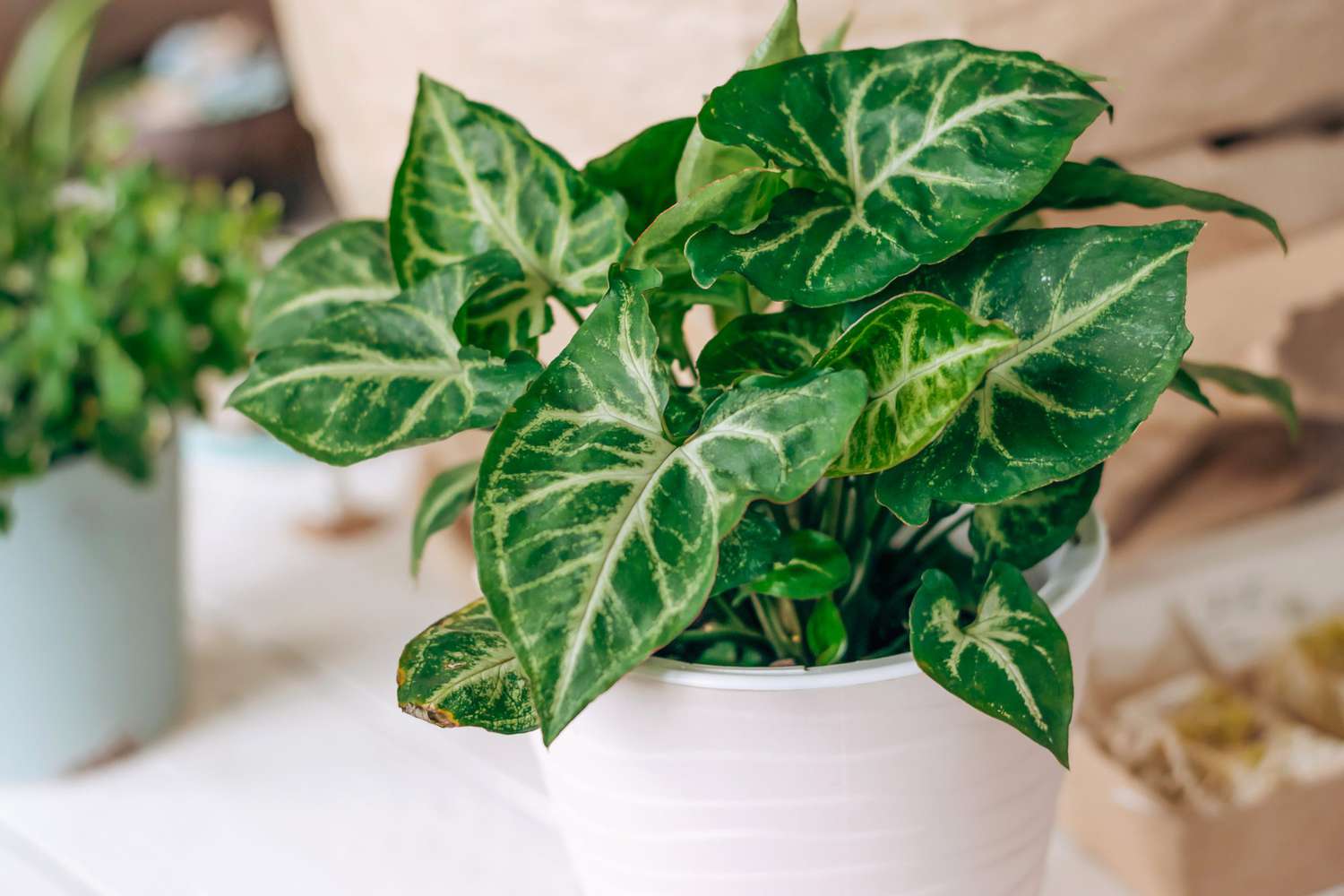
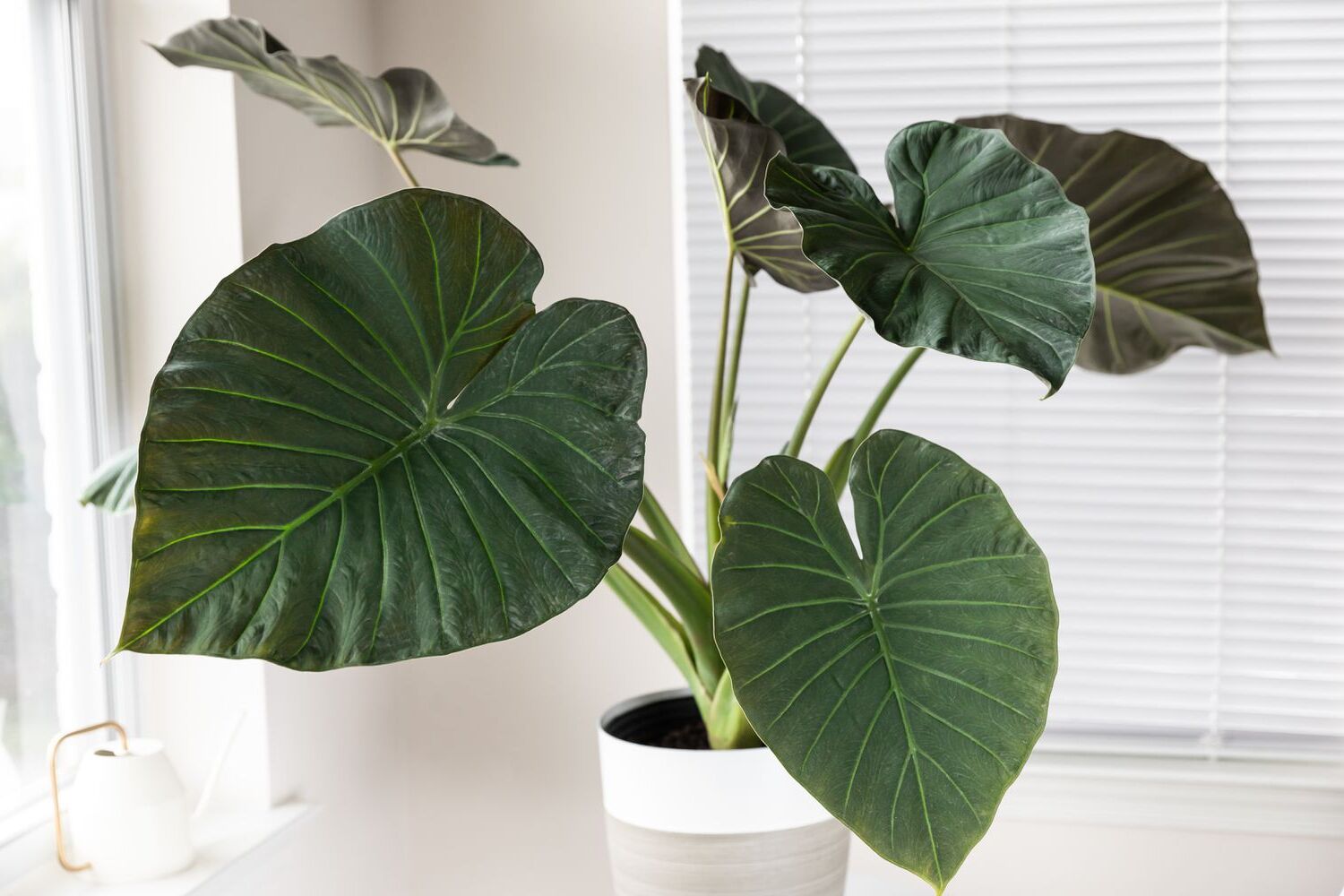
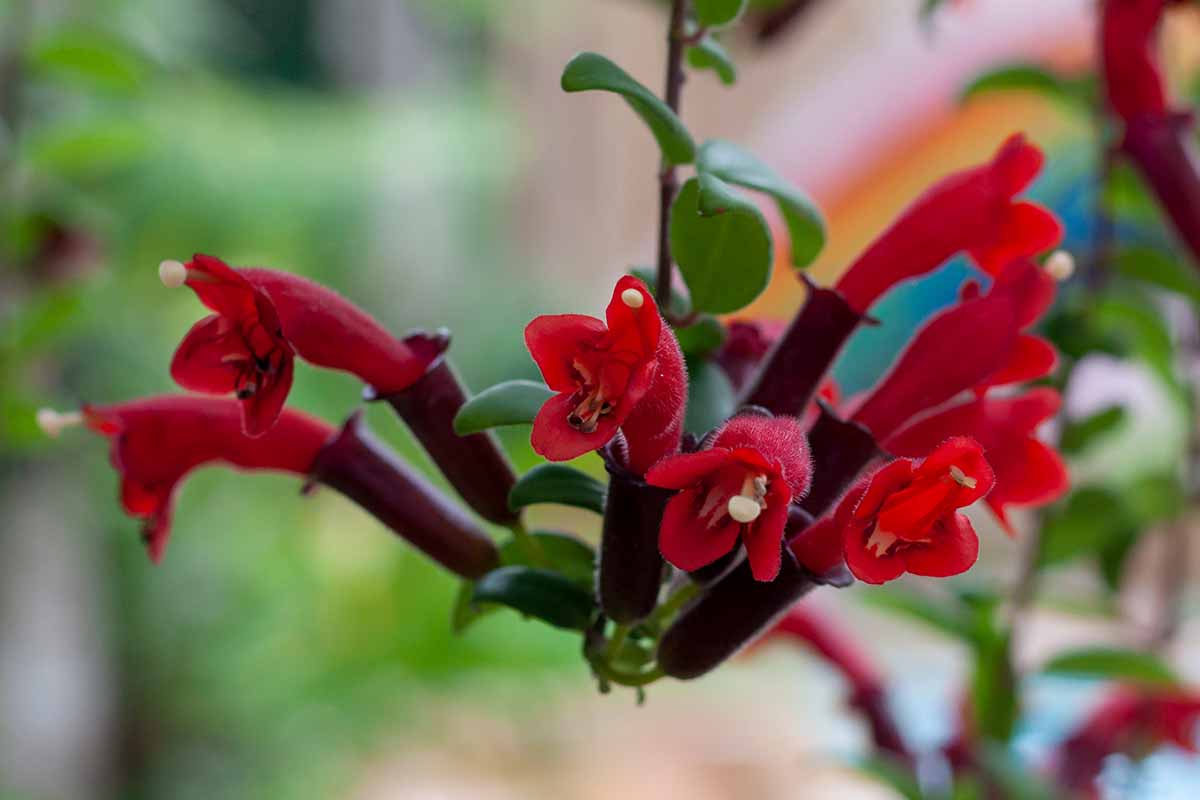
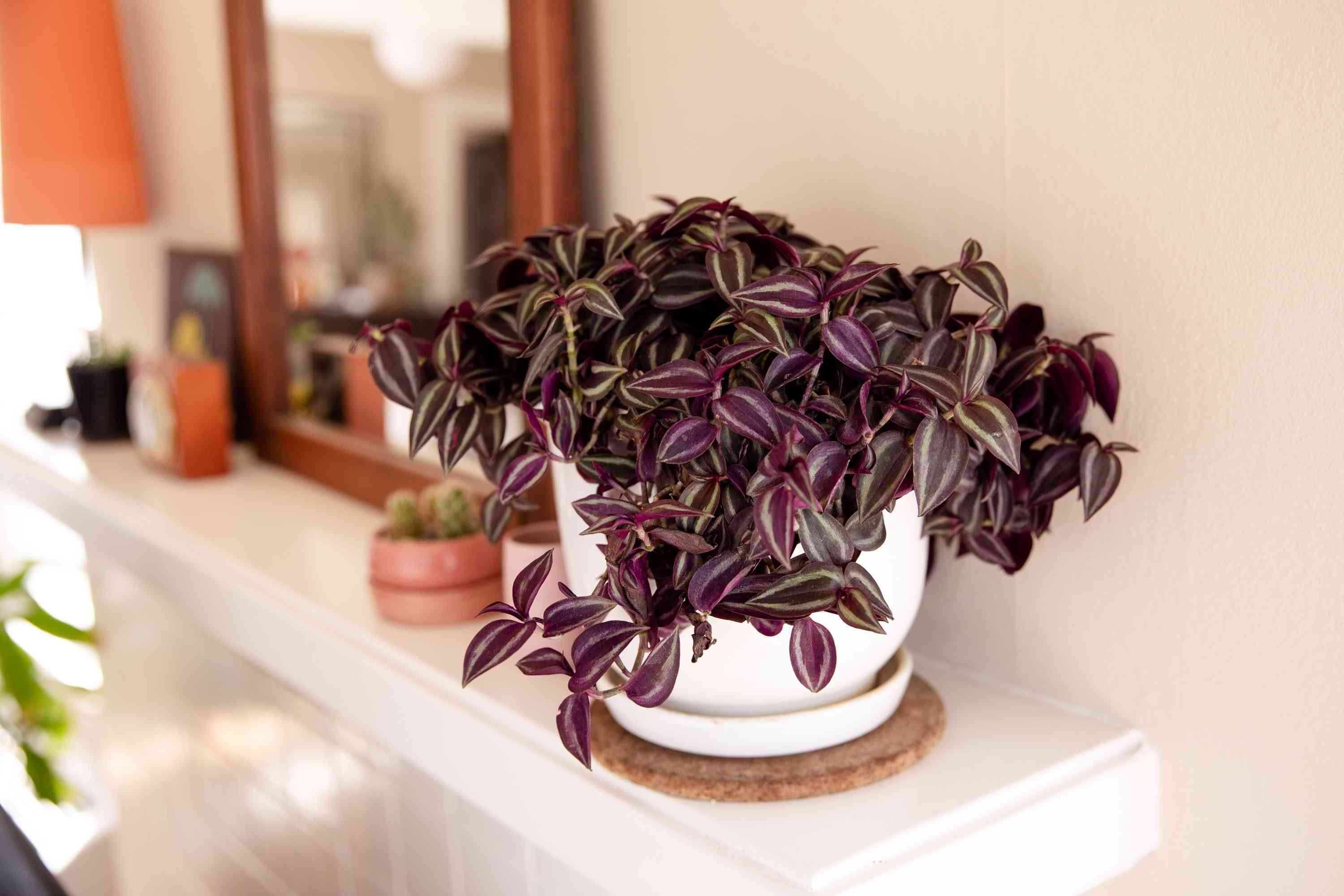
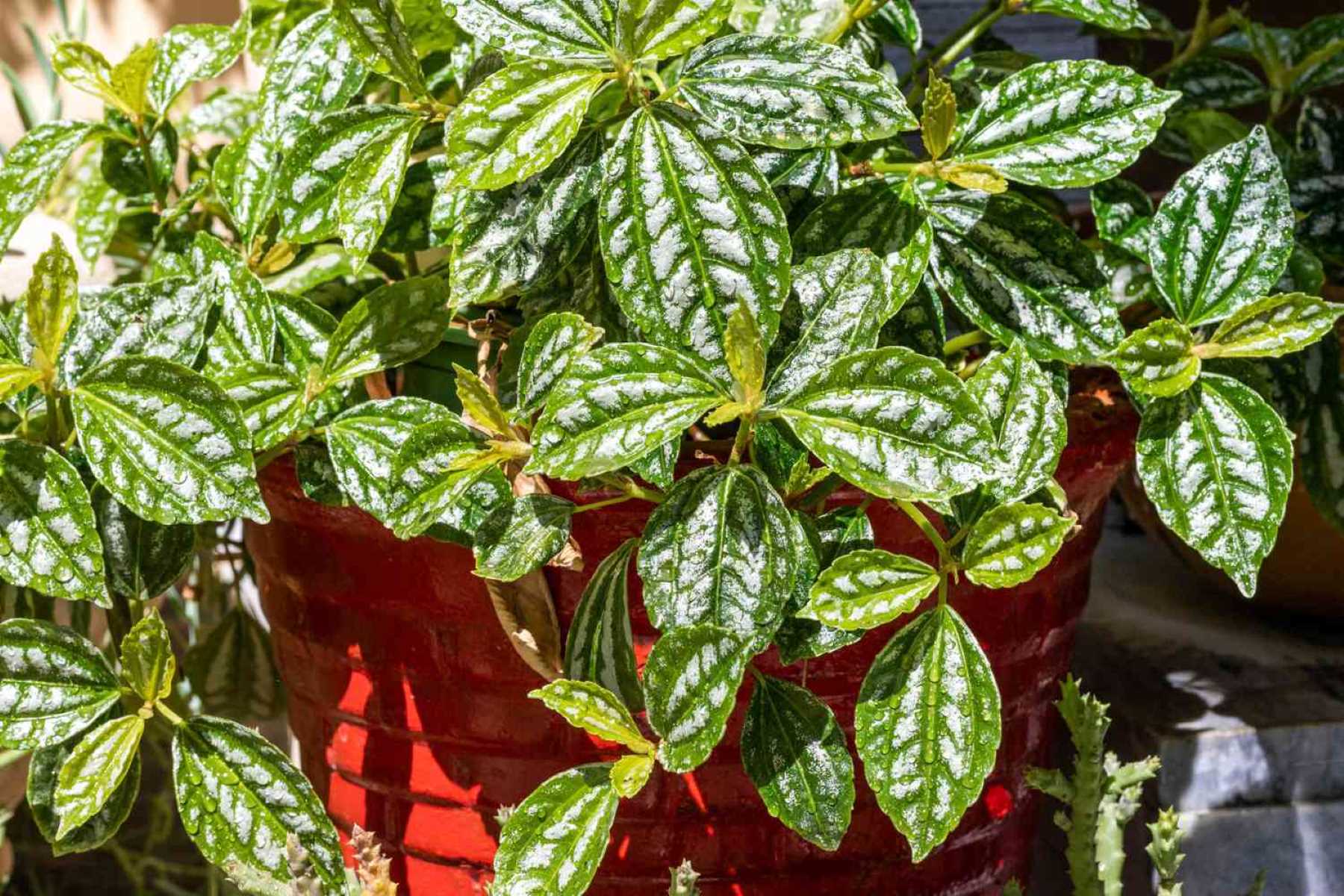
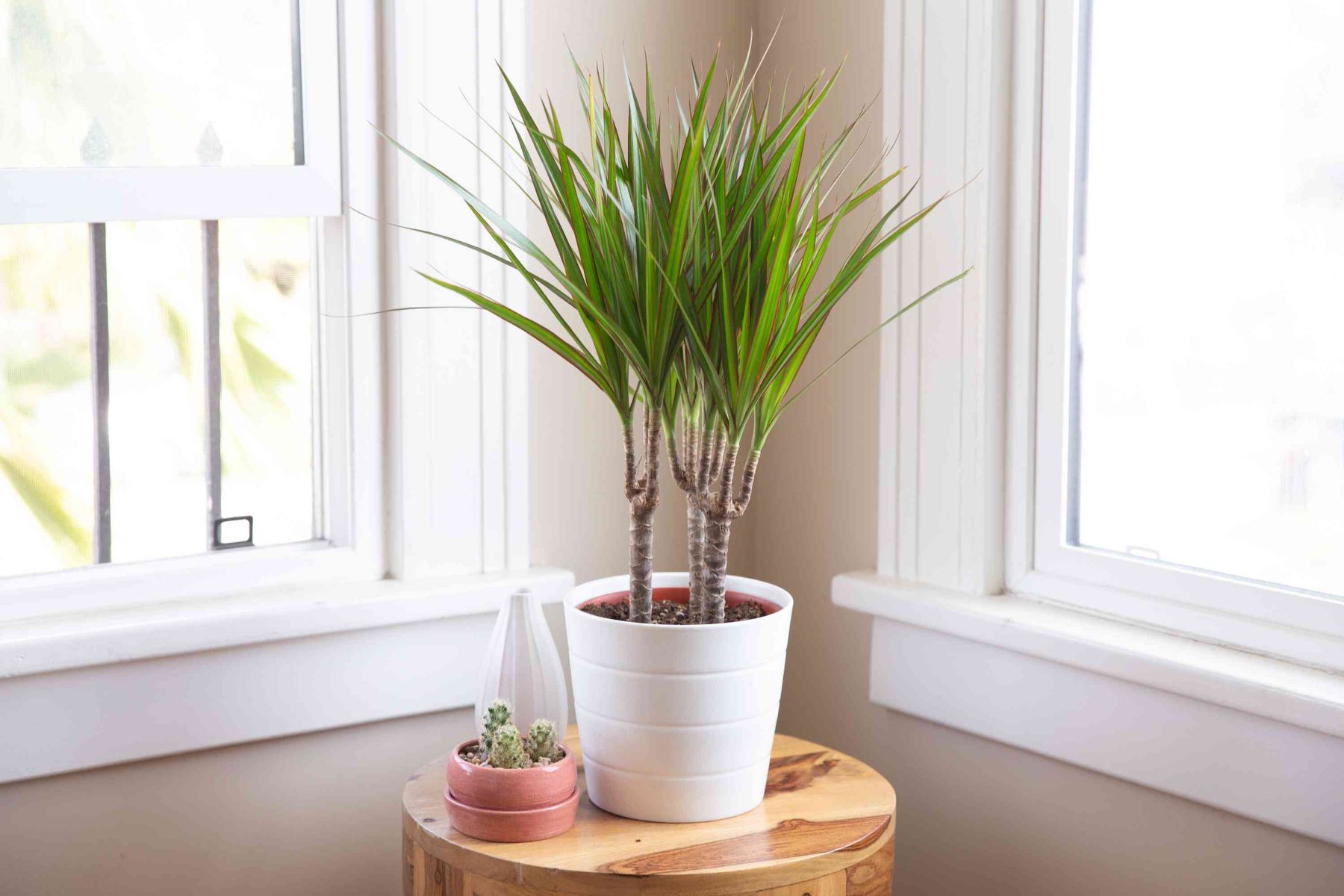
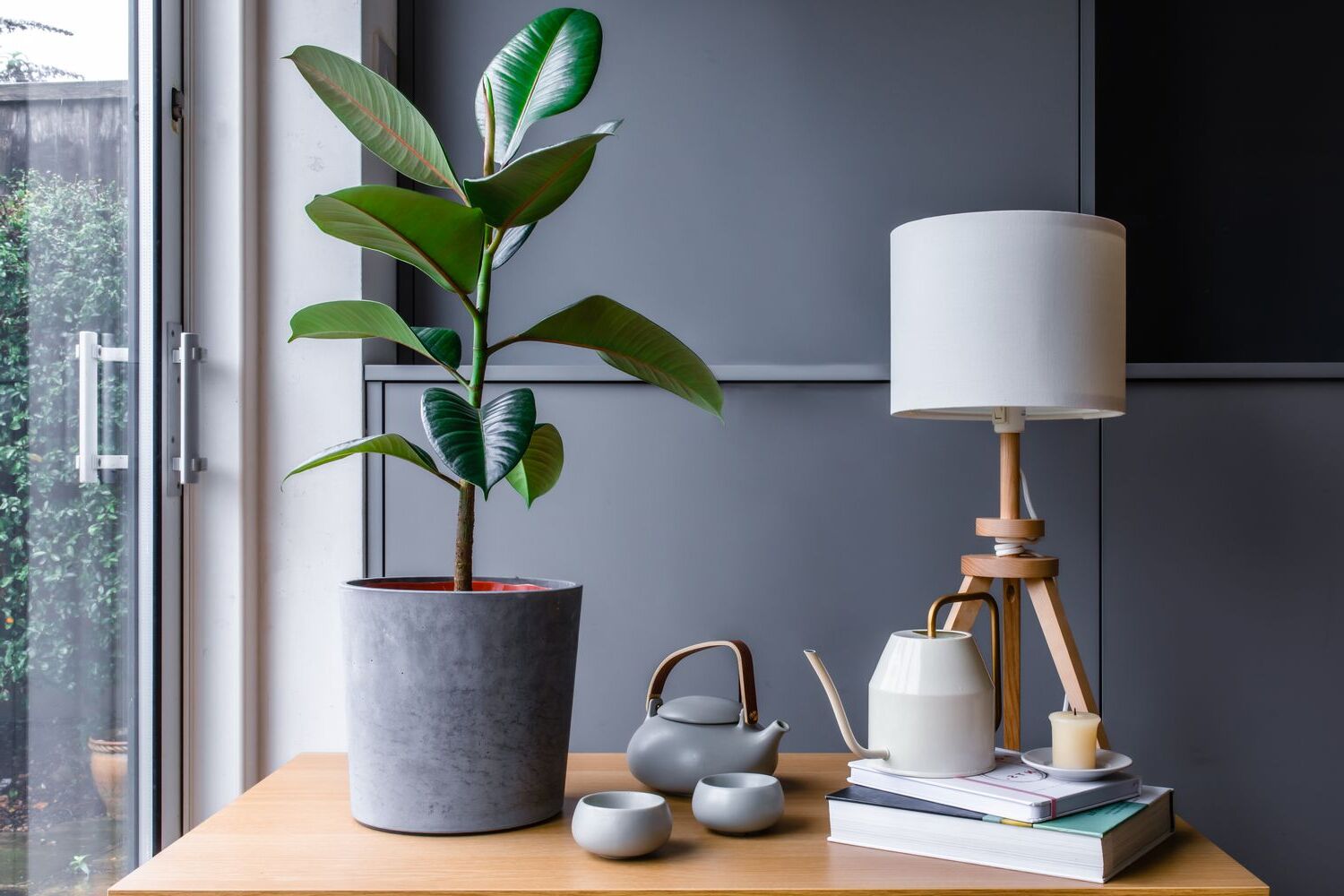
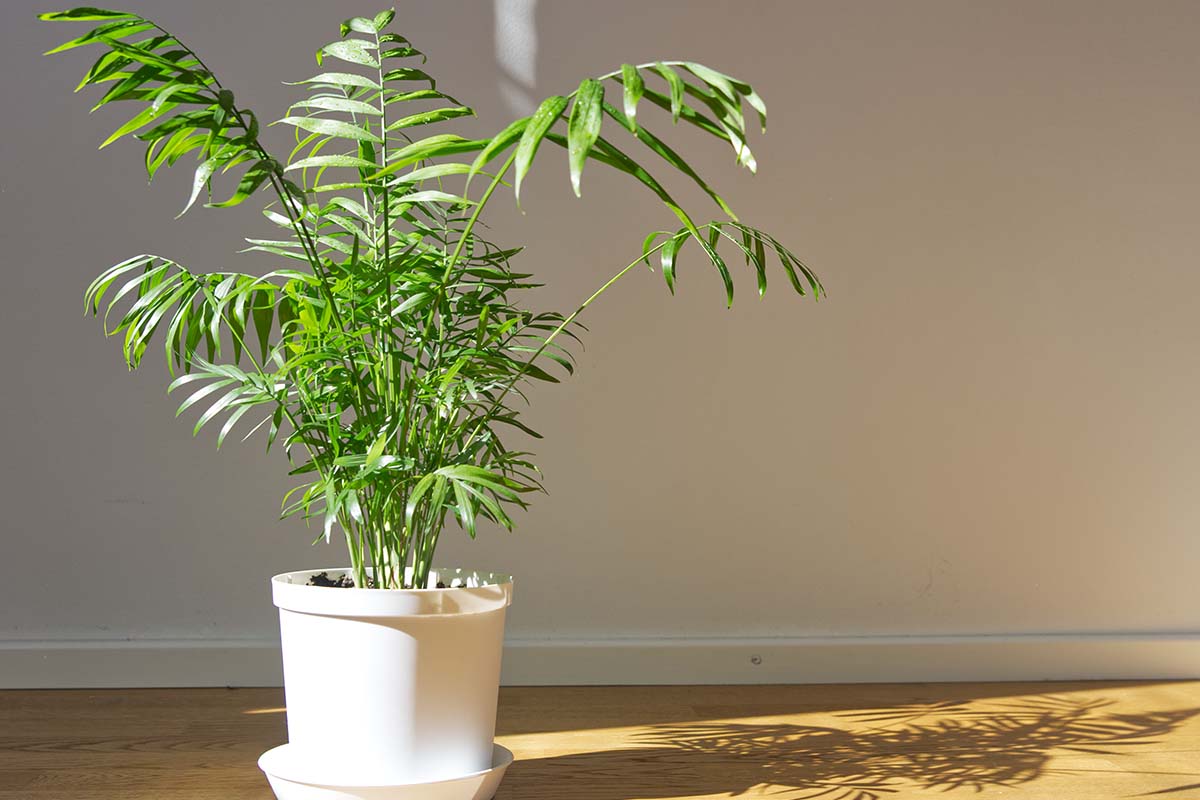
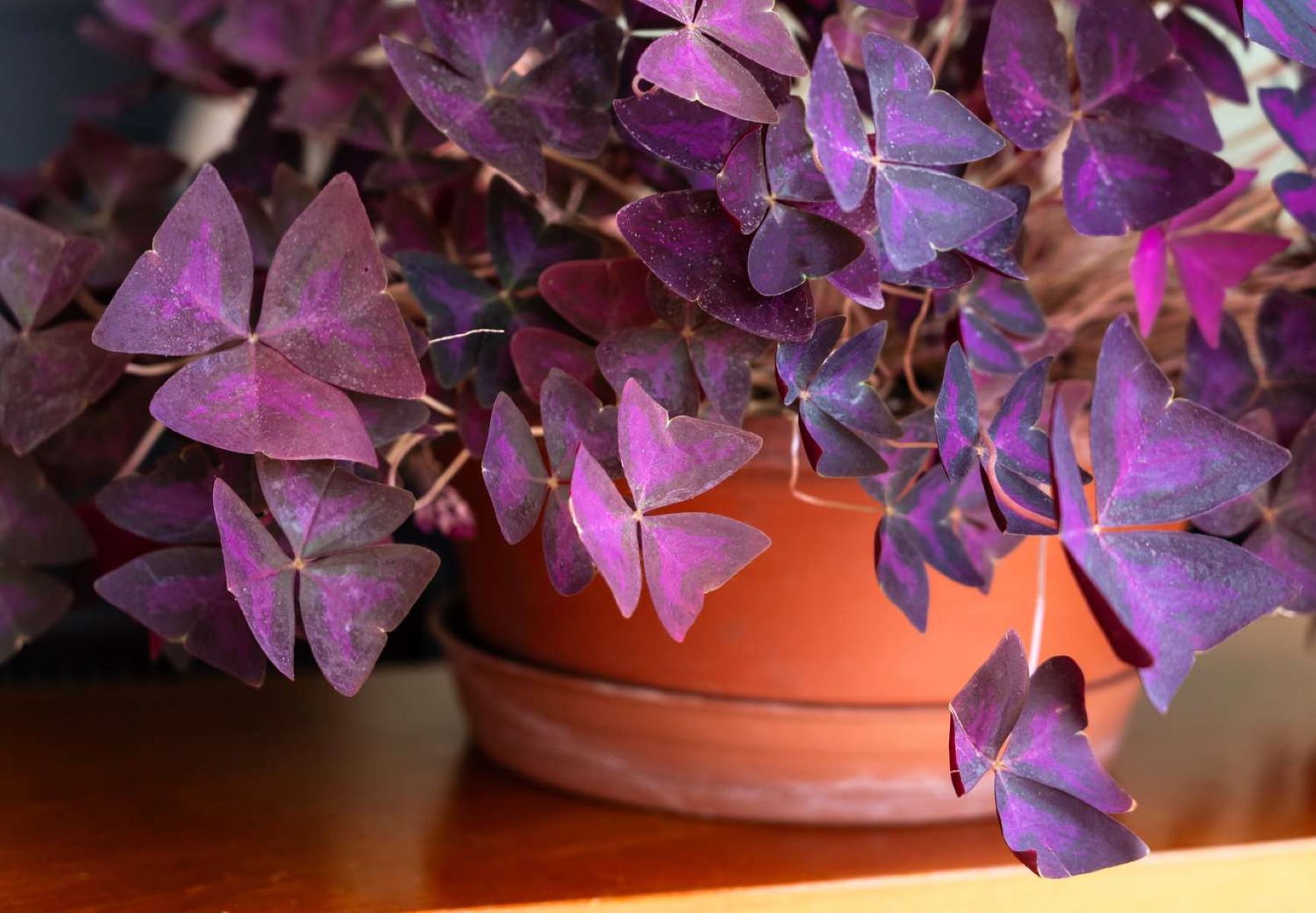
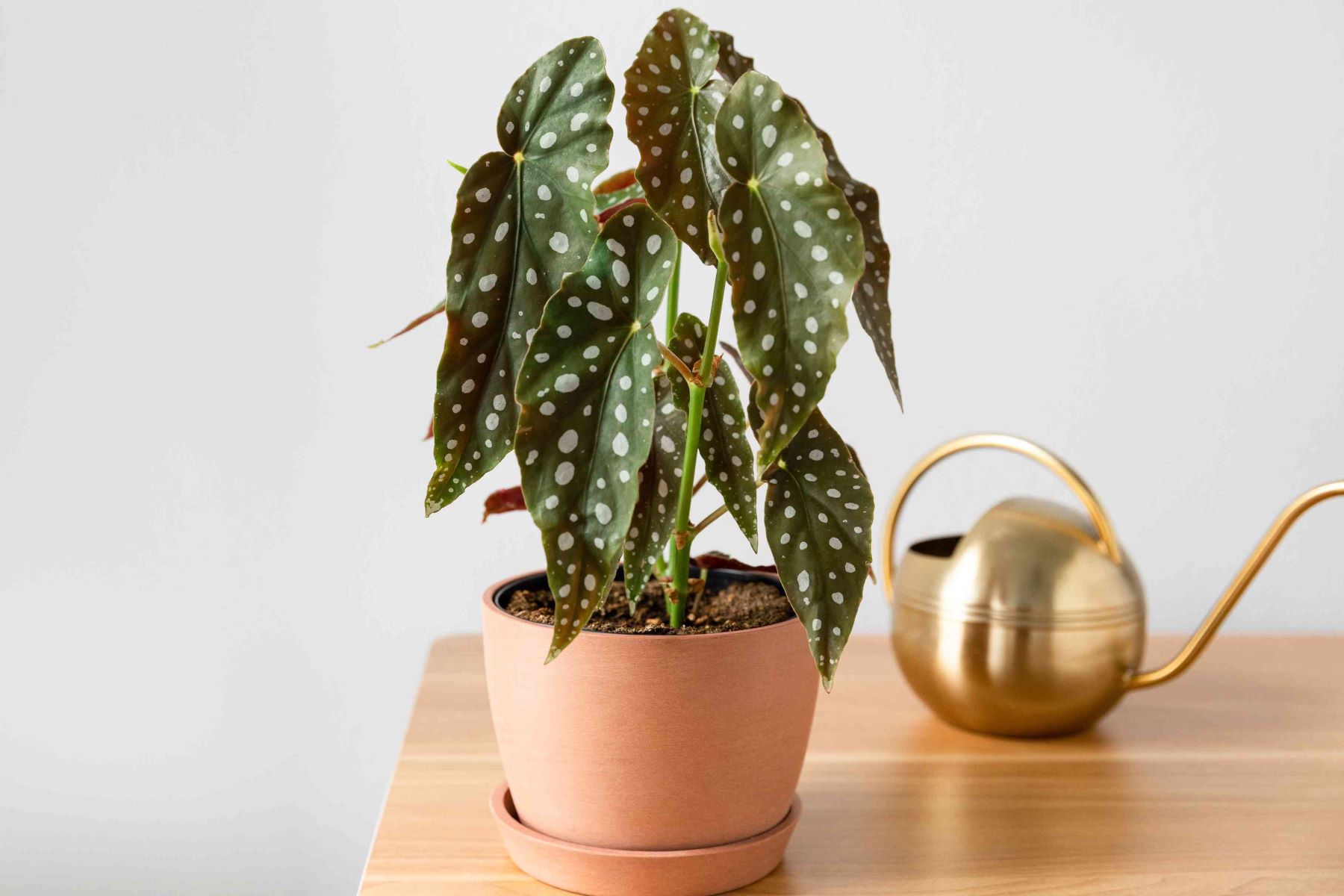
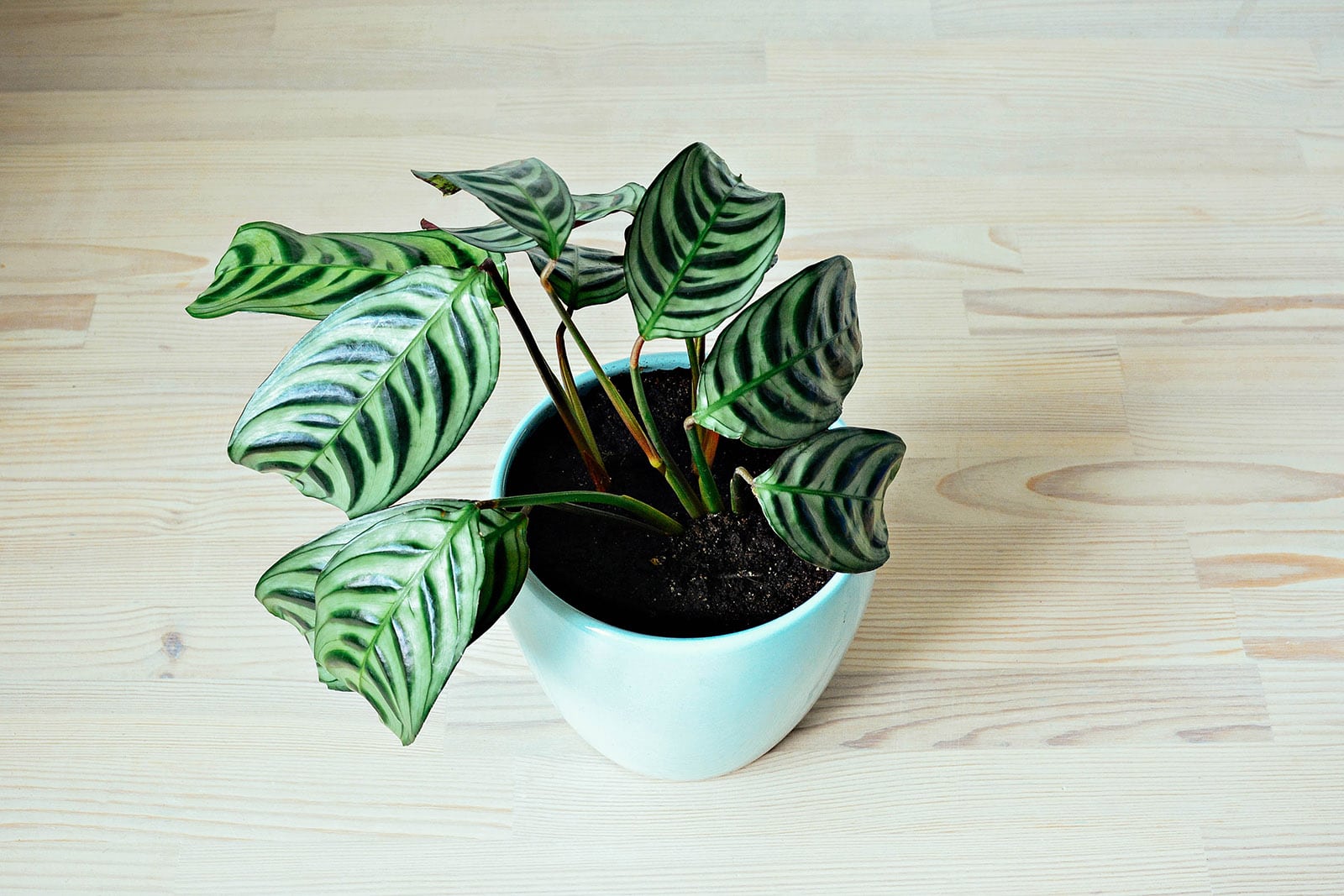
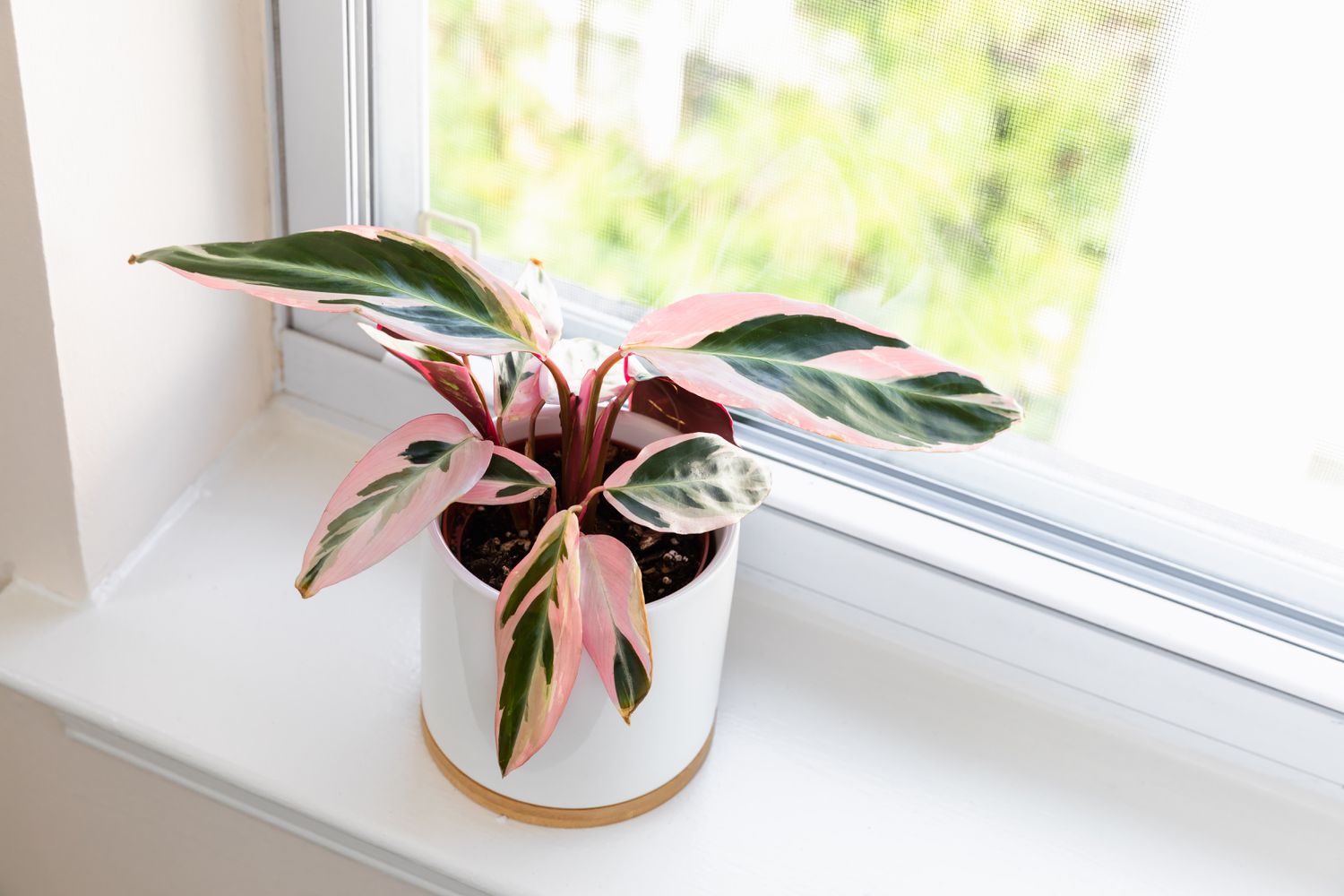

0 thoughts on “Indoor String of Turtles Care: Peperomia Prostrata Guide”